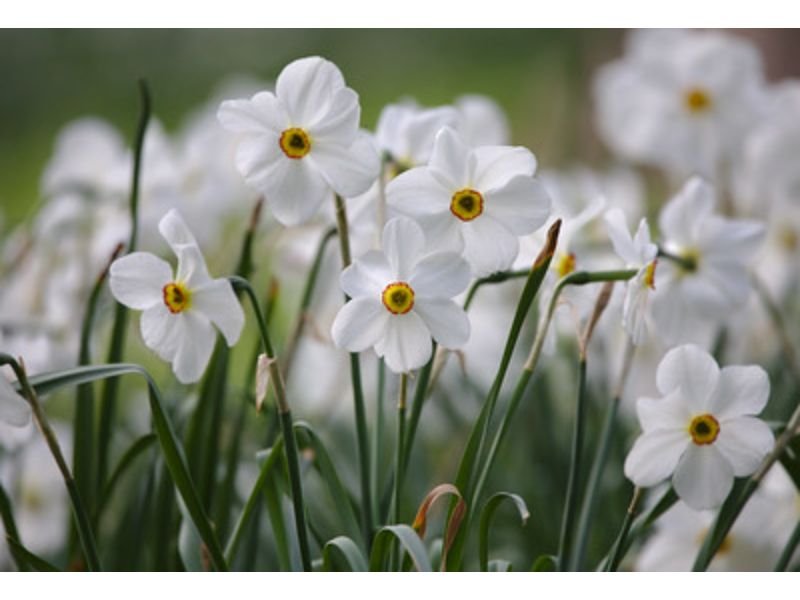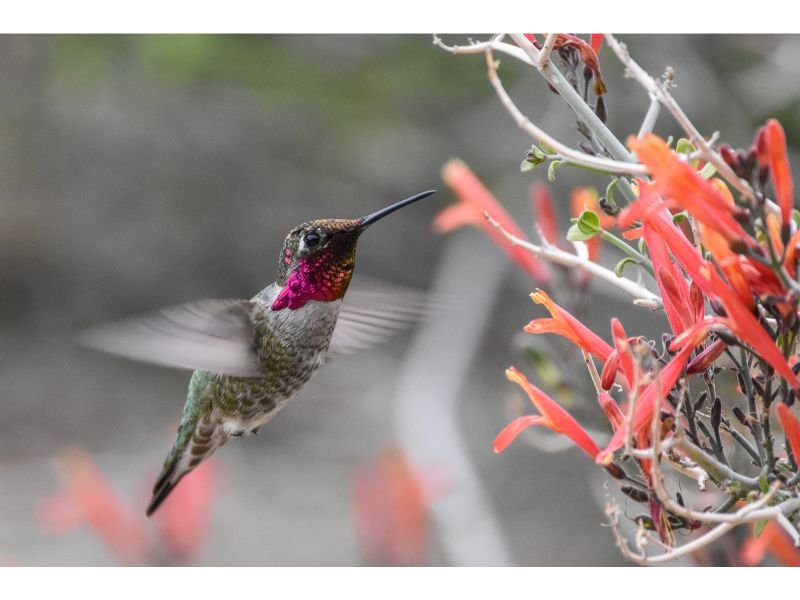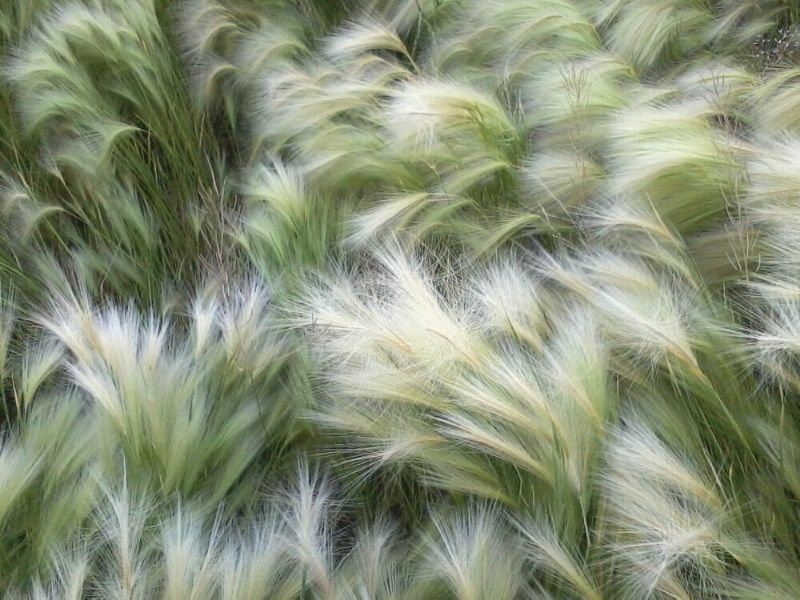The Canada anemone, with its delicate white and yellow blossoms, is a flowering plant that captures the imagination and delights the senses. But caring for this exquisite flower can be quite a tricky task, and that’s where this guide comes in! So put on your gardening gloves and get ready to take on a journey through the world of Canada anemone, right from planting and pruning, and everything in between.

Table of Contents
Basic Canada Anemone Botanical Info
Common Name(s): Canadian anemone, windflower, meadow anemone, crowfoot anemone, round-leaf anemone, wood anemone Canada
Scientific Name: Anemone canadensis
Family: Ranunculaceae
Country of Origin: North America
Natural Habitat: Meadows, open woodlands, prairies, river banks
Size: Approximately 12 to 24 inches (30 to 60 centimeters) tall and spreading to about 18 to 24 inches (45 to 60 centimeters)
Toxicity Level: Moderately toxic if large quantities are eaten
Color(s): White, yellow, greenish-yellow
What’s The Outstanding Point Of Canada Anemone?

Anemone canadensis is a unique flowering plant for various reasons. A delicate appearance with white petals, combined with contrasting bright yellow centers, makes this snowdrop anemone look-alike a striking addition to any landscape. But it’s not just their beauty that sets them apart, Canada anemone is also known for their adaptability to thrive in a range of growing conditions that require minimum maintenance.
Foliage and Blooms Appearance
Canada anemone is blessed with distinctive blooms and foliage that make them easy to identify. The plant typically produces white or cream, 5-petaled blooms, with a group of yellow or greenish-yellow stamens or pistils at each center. The plant has lobed, elongated, and toothed foliage that is dark green.
Canada Anemone Pollinators: Do They Attract Bees?
Although Canada anemone does not produce nectars, they still make attractive showy flowers for our tiny-winged friends. They produce powdery pollen that is an important source of food for pollinators such as bees, butterflies, and beetles.
Canadian Anemone Bloom Time
Anemone canadensis generally blooms in late spring to early summer, which usually occurs in May or June depending on which region you’re living in. They produce flowers that can last for several weeks.
Size and Growth
Canada anemone is a relatively fast-growing flowering plant and can quickly spread and form dense colonies, making them great as ground-covering plants. In ideal growing conditions, they can grow up to 24 inches (60 centimeters) in height and spread to about 24 inches (60 centimeters) or more. However, Canada anemones can become quite invasive so it’s important to consider their growth habit.
Do Wood Anemone Canada Unscented?
Anemone canadensis does not have a strong scent and is primarily grown for its attractive and showy blossoms. Although they might be safe for those who can’t stand strong musty smells, they do produce pollen that might not be suitable for gardeners with pollen allergies.
Is Canada Anemone Poisonous?
Although Canada anemone is not the most dangerous flowering plant out there, better still not mess with them. The plant contains toxic substances such as protoanemonin and skin irritants, which can cause dermatitis, vomiting, or diarrhea in some people as well as pets. Due to these reasons, it’s wise to wear protective gloves and clothing when handling this white beauty.
Canada Anemone Care 101: All The Ultimate Guide You Need To Know

Light
Depending on the soil’s moisture and climate, Anemone canadensis tolerates a broad range of light. They can be grown in partial shade or full sun in cooler summer climates, only if the soil is kept consistently moist. Ideally, the plant should receive at least 4 to 6 hours of daily light, in a gardening bed that is exposed to morning sun and afternoon shade.
Watering
When it comes to watering, wood anemone Canada would likely not ask for much, as long as you keep their soil moist and not waterlogged. It’s best to stick to a weekly deep watering schedule or when the first topsoil dries out. Allow the soil to dry out slightly between waterings to avoid the soil becoming too wet.
Temperature and Humidity
Canada anemone is a quite hardy flowering plant that tolerates cold temperatures and even frost. The plant can grow in zones 3 through 8, however, the ideal temperature range falls between 60°F (15°C) to 75°F (24°C). In contrast with temperature, wood anemone Canada doesn’t need specific humidity levels, especially if their soil is kept consistently moist. Anything from moderate to high humidity levels should be enough to keep them thriving.
Soil
Similar to their counterparts, Anemone canadensis is a big fan of humus-rich and well-draining soil. They tolerate slightly acidic, neutral, and mildly alkaline soil, and can grow in a variety of soil types including loamy, sandy, and clay soils, as long as the soil is not overly dried out or waterlogged.
Fertilizing
To promote healthy growth and maintain their vibrant blooms, Canada anemone takes advantage of a light application of fertilizers. To feed the flowering plant these extra nutrients, use a balanced, slow-release fertilizer that is low in nitrogen, as this could lead to unwanted excessive growth. The best time to fertilize is during early spring when new growth begins to emerge. Outside commercially available fertilizers, organic options such as manure and compost can be used as well.
Repotting and Pruning
It’s easy to repot wood anemone Canada, as they do not require frequent repotting unless the plant has outgrown its old containers or when the soil has become depleted. To repot Canada anemone, you’ll need a new container or pot that is slightly larger than the old ones, and fill it with fresh, well-draining soil.
Pruning, however, is not strictly necessary but surely can help to boost their growth. You may also need pruning when the plant gets diseases or pests manifestation. Simply cut off the spent blooms and foliage with clean, sterilized, sharp scissors or gardening shears.
Propagation
The recommended propagation method for Canada anemones is through root cuttings and seeds. Propagation through root cuttings involves taking small sections of the plant’s root and replanting them in new, fresh soil. This method is best done in the fall or early spring. Propagation through seeds, which can be more challenging, involves collecting the flowering plant’s seed pods and sowing them in small pots filled with specially made seed-starting mix.
Is Anemone Canadensis Susceptible To Pests and Diseases?
Unfortunately, Canada anemone, just like any other flowering plant, is susceptible to pests and diseases such as powdery mildew, root rot, spider mites, slugs, and aphids. To prevent these issues, ensure good air circulation, avoid overwatering, and remove any infected parts as soon as you can. Pests such as powdery mildew and aphids can be controlled using neem oil or insecticidal soap, while slugs and snails can be treated by handpicking or through physical barriers such as sticky traps.
Wrapping Up: What Are The Basic Requirements for Growing Canada Anemone?
Well, we’ve come to the end of our Canada anemone care guide. Remember, all you need to grow them successfully is a partial shade or full sunlight, well-draining and moist soil, and don’t forget to keep an eye out for those pesky pests and diseases. Be sure to give them the love and attention they deserve and you’re safe to go!

New author in the hood. Loves gardening and flowers are my spirit animals (yes I know they are not animals but I insist). I will be covering most of the flowers’ topics here and occasionally random though as well.






